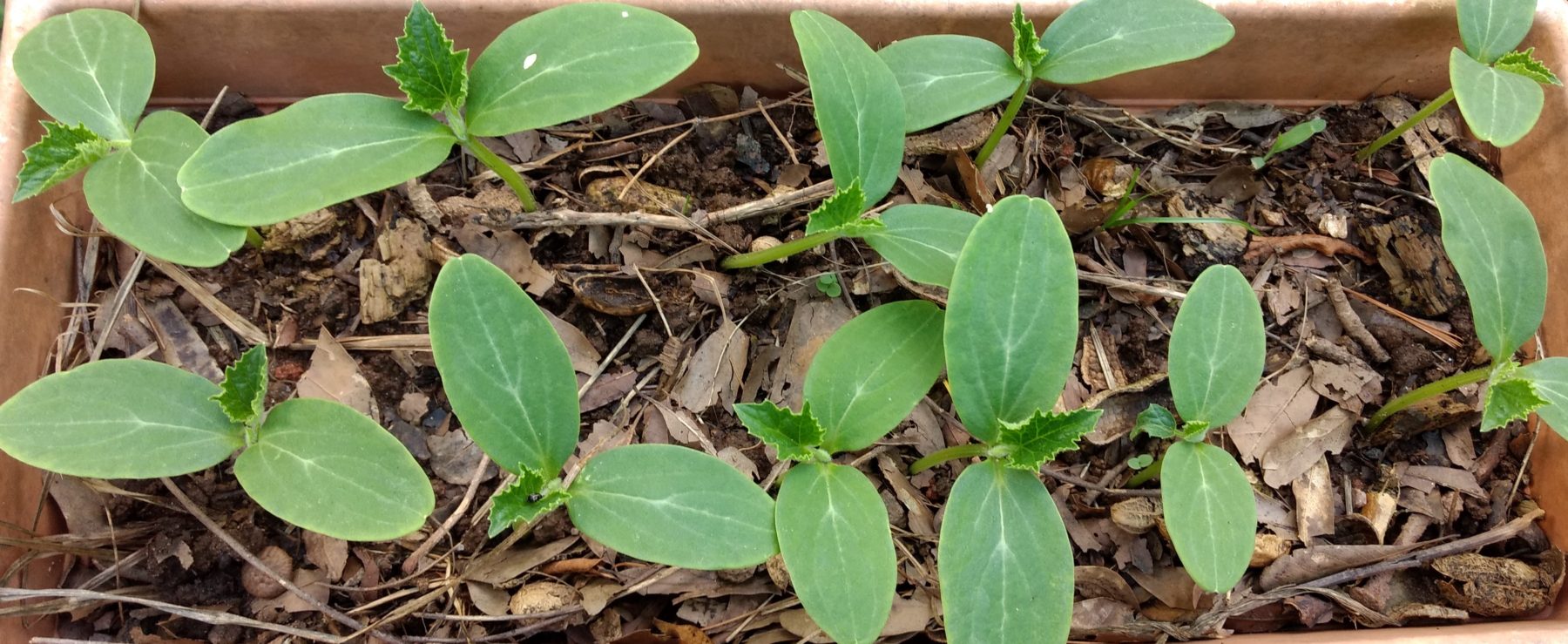Easy Composting to Amend and Add Nutrients to the Soil
by Sabrina Dawkins
My first compost bin was a wheeled 32-gallon outdoor plastic trash can that I drilled a lot of holes in: lid, sides, and bottom. I now have five compost bins and put things in them that will decompose, such as paper, cardboard, apple cores, and use rain and urine to keep the content moist. The nitrogen in urine helps the decomposition process. When I have filled one compost bin, I continue to add urine until the surface of the content turns black. Then I just allow the rain water alone to occasionally moisten the content through the holey lid. I will check it occasionally by sticking a stick in it. If the stick cannot penetrate the content because it has gotten too hard and dry or the layers under the surface are not black, that means that the content still needs occasional urine added to it to complete the composting process. Also, keeping the composting material moist shrinks it down so that more content can fit into the bin.
I eat a lot of peanuts, and the shells come in handy inside compost bins because composter organisms like to have air pockets to work through. And the mostly intact peanut shells throughout the bin create air pockets that allow the composters to easily work their way through the content to create a uniformly finished compost. There’s really no need to tumble or turn the compost to try to speed up the process when there are already natural air pockets throughout. And my compost bins are always in contact with the ground to give organisms easy access. It usually takes about a year after a bin has been filled to the top for the compost to become uniformly finished and ready to be put in the garden or seed starter buckets.
When there is no more insect activity and the content is uniformly black, odorless, moist, and easy to penetrate with a stick, then I know the compost is ready. I either sprinkle it over my entire garden or mix some into my seed starter buckets with garden soil and yard waste to create a relatively loose but moisture-retainer medium, making it easier for seedling roots to penetrate the soil. The compost also adds nutrients to my homemade seed starter mix. And If I notice that a transplanted plant is not flourishing in the garden or may need a boost, I will sprinkle compost near it.
I don’t put leaves, sticks, or weeds in the compost bins, I use them as mulch in the garden. So they decompose out in the open air or under layers of new sticks and fallen leaves added to keep the garden covered in order to retain moisture and protect it from harsh temperatures.
Compost is the most important part of a garden because it gives crops the nutrients that they need to grow and thrive. It also helps create pockets of air in the soil, making a springy sponge for plant roots to absorb oxygen and water through continually.
